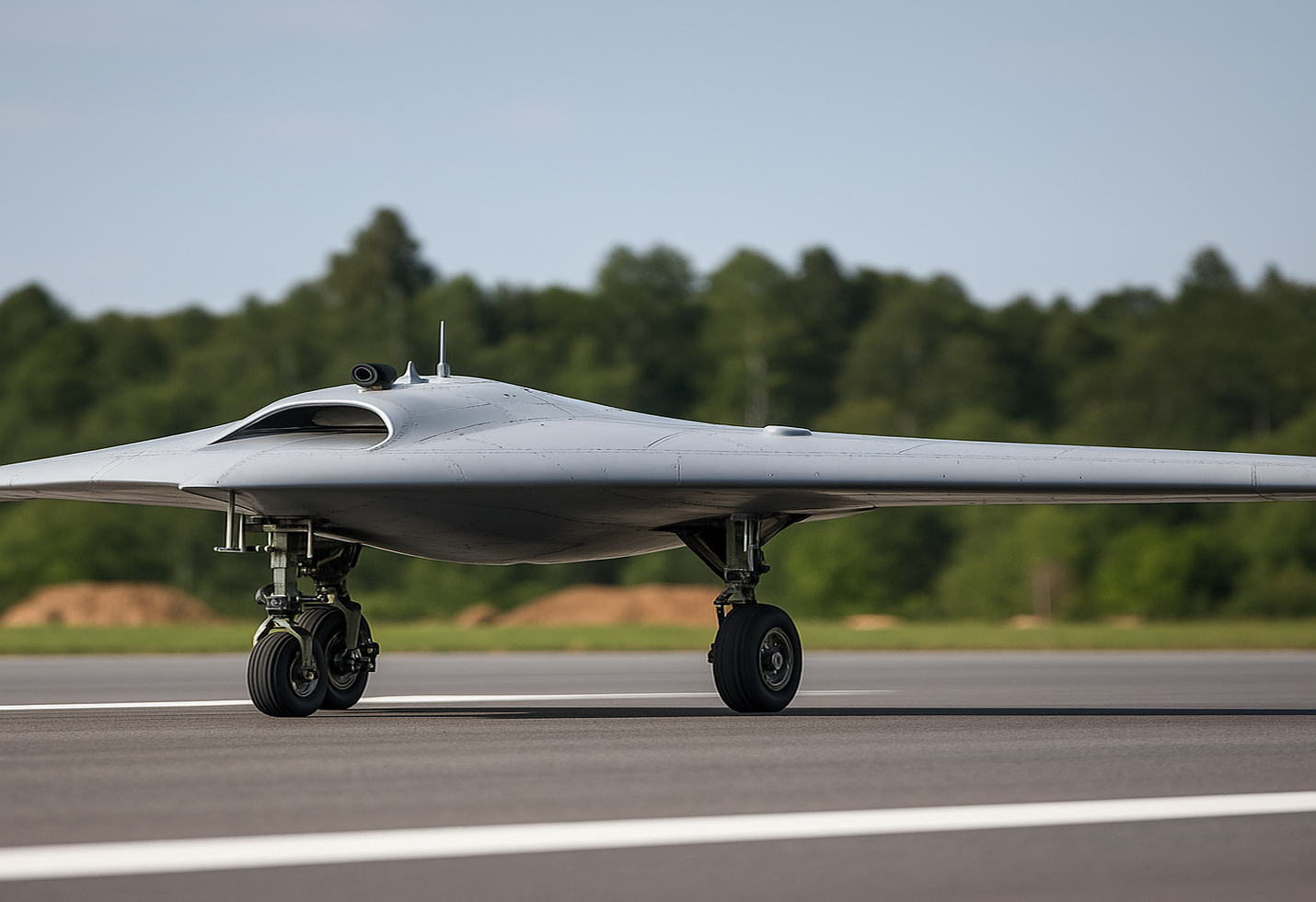HFCL Shares Zoom 5% as Firm Secures 1,000 Acres for Defence Facilities
Shares of HFCL Limited surged nearly 5% on September 12, 2025, after the Andhra Pradesh government approved the company’s acquisition of 1,000 acres of land in Sri Sathya Sai district. This strategic move allows HFCL to develop large-scale defence manufacturing facilities, marking a significant expansion into India’s defence sector. The stock closed at ₹73.70 on the NSE, reflecting investor optimism around the company’s new venture.
Strategic Land Allotment for Defence Manufacturing
The Andhra Pradesh State Investment Promotion Board (SIPB) approved the 1,000-acre land allotment for HFCL.
Key details of the development plan:
* Phase I: 329 acres
* Phase II: 671 acres
* Focus areas: Manufacturing artillery ammunition shells, TNT filling units, and Multi-Mode Hand Grenades (MMHG).
This initiative aligns with the government’s ‘Atmanirbhar Bharat’ campaign, emphasizing self-reliance in defence production. By securing the land, HFCL strengthens the domestic defence supply chain and reduces reliance on imported weaponry, while also creating potential for exports.
Market Reaction and Investor Sentiment
The announcement triggered a nearly 5% rise in HFCL shares.
Sector-wide impact:
* Apollo Micro Systems and GRSE gained up to 8%.
* Analysts noted optimism due to anticipated government spending and long-term benefits of the land acquisition.
Investors view HFCL’s diversification into defence as a way to enhance revenue streams beyond its traditional telecommunications and network solutions business.
HFCL’s Strategic Diversification
HFCL is expanding from its core telecom operations into defence manufacturing:
* Previously inaugurated a facility in Hosur, Tamil Nadu.
* New Andhra Pradesh facility to increase production capacity and technological capabilities.
* Plans to collaborate with government agencies and private partners for high-quality defence component production
This strategic expansion positions HFCL as a key contributor to India’s growing domestic defence manufacturing ecosystem.
Financial Outlook and Future Prospects
While HFCL’s recent financials show challenges, long-term potential is strong:
* Q1 FY26 (June 2025): Consolidated net loss of ₹32 crore (improvement from ₹111 crore loss in the previous year).
* Revenue: ₹886 crore, down 24% from ₹1,169 crore in Q1 FY24.
* Analysts see potential for the new defence venture to provide a significant revenue stream in coming years
Development approach
* Phased construction ensures manageable financial planning.
* Long-term land allotment guarantees space for scalable operations.
* Expected contracts from Indian Army, Navy, and Air Force to materialize gradually
Broader Defence Sector Growth
India’s ‘Make in India’ initiative and focus on defence indigenisation benefit companies like HFCL:
* Encourages domestic manufacturing and reduces import dependence.
* Drives policy support, subsidies, and contracts for domestic players.
* Creates a favorable environment for technological innovation and cost competitiveness.
Investors increasingly view defence manufacturing as a strategic growth sector, providing opportunities for long-term profitability.
Risks and Watchpoints
While the outlook is positive, several challenges exist:
* Operational ramp-up: Ensuring production quality and timelines while managing costs.
* Financial performance: Balancing capital expenditure with revenue growth.
* Policy dependencies: Delays or regulatory hurdles could affect project timelines.
* Market competition: Other defence manufacturers may impact market share.
Monitoring these factors will be critical for HFCL’s sustained success in the sector.
Conclusion
HFCL’s 1,000-acre land acquisition in Andhra Pradesh marks a pivotal step in its strategic expansion into defence manufacturing. The stock’s 5% surge reflects investor confidence in the company’s growth prospects. This development is not only a milestone for HFCL’s diversification strategy but also reinforces India’s broader push toward self-reliance in defence production. By securing a substantial land parcel, HFCL gains the capacity to establish state-of-the-art manufacturing facilities, potentially supplying critical components such as artillery shells, ammunition, and other defence equipment. The move strengthens HFCL’s long-term revenue potential, enhances its competitive position in the domestic and global defence markets, and aligns with government initiatives like ‘Make in India’ and ‘Atmanirbhar Bharat’, promoting indigenous production. With phased development, robust infrastructure, and supportive policy frameworks, HFCL is now positioned to attract defence contracts, foster strategic partnerships, and contribute significantly to India’s national security objectives, while also delivering sustained shareholder value over the coming years.
Key takeaways
* Diversification into defence manufacturing strengthens HFCL’s long-term revenue potential.
* Government backing and favorable policies enhance business prospects.
* The venture positions HFCL as a significant contributor to India’s self-reliant defence ecosystem
With strategic planning, phased development, and strong market demand, HFCL is well-positioned to capitalize on opportunities in the Indian defence sector, creating long-term value for shareholders and supporting national defence capabilities.
The image added is for representation purposes only





